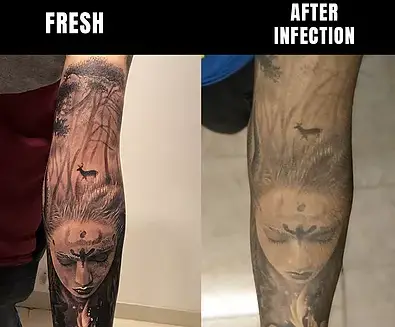
Taking care of your tattoo after getting inked is crucial to ensure that it heals properly, retains its vibrancy, and minimizes the risk of infections or complications. Tattoo after care is not just about following a few basic steps; it’s about understanding your skin, the healing process, and providing the right environment for your tattoo to thrive. This comprehensive guide will walk you through the necessary procedures, Guideline, and effective tips to keep your new tattoo in pristine condition.
Tattoo After Care
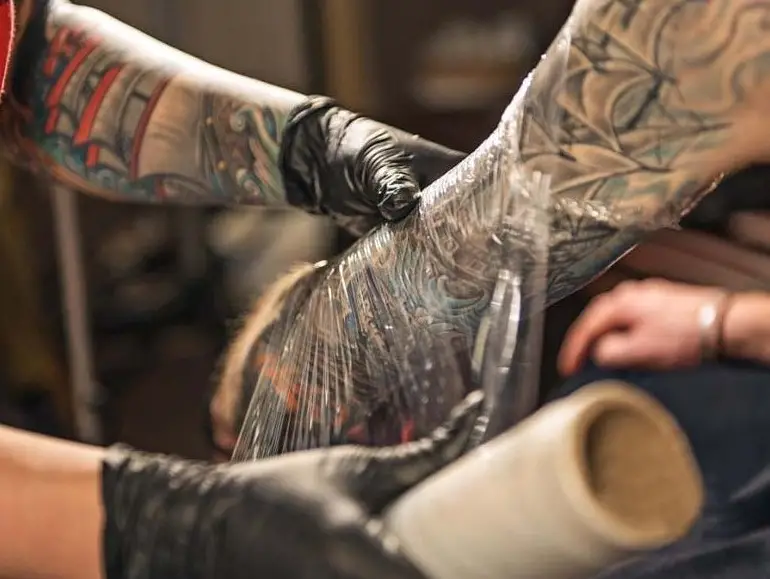
When you leave the tattoo studio, your journey to perfect, lasting art begins. Proper tattoo after care involves a series of deliberate actions designed to protect your skin, promote healing, and optimize the appearance of your tattoo. The importance of diligent aftercare cannot be overstated—it can mean the difference between a vibrant, healed piece of art and an infection-ridden disaster.
Understanding the healing process helps inform the appropriate steps to take during each phase. Immediately after your tattooing session, your skin has been punctured multiple times, which creates an open wound. Without proper care, this can lead to infections, scarring, or faded colors.
While every tattoo artist may have specific instructions, there are universal principles of tattoo after care that should be followed to guarantee optimal outcomes. It is essential to understand these principles and adapt them to your individual skin type and lifestyle.
Understanding the Healing Process
The healing of a tattoo typically occurs in three stages: initial healing, peeling and itching, and long-term maintenance. Each phase requires specific attention.
In the initial stage, lasting approximately 3-7 days, a tattoo will scab and form a thin layer of crust. During this phase, proper cleaning and moisturizing are paramount. Picking at scabs can cause pigment loss and scarring.
The second stage involves peeling, dryness, and itchiness as the skin regenerates. It’s common to experience some discomfort and flaking. It is vital to resist scratching or peeling these flakes to avoid damaging the tattoo.
Finally, the long-term phase involves ongoing care to preserve color vibrancy and minimize sun damage. Even years later, protecting your tattoo with sunscreen and moisturizer helps maintain its brilliance.
Understanding these temporal phases guides proper tattoo after care routines, reducing the risk of complications and prolonging the life of your ink.
Common Mistakes That Can Damage Your Tattoo
Many people unintentionally jeopardize their tattoo after care efforts by making simple but impactful mistakes. These include:
- Using harsh soaps or chemicals on the tattooed area
- Over-moisturizing or under-moisturizing
- Scratching or peeling prematurely
- Exposing the tattoo to direct sunlight too early
- Ignoring signs of infection or adverse reactions
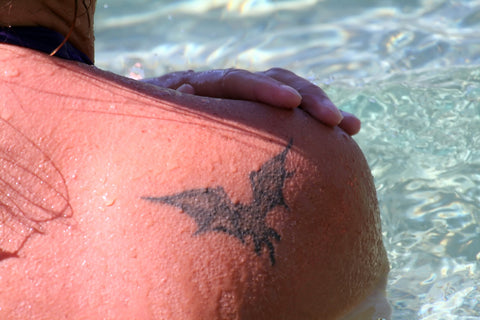 Being aware of these pitfalls empowers you to avoid them, ensuring your tattoo heals smoothly and looks its best. Remember, patience and attentiveness are key qualities in effective tattoo after care.
Being aware of these pitfalls empowers you to avoid them, ensuring your tattoo heals smoothly and looks its best. Remember, patience and attentiveness are key qualities in effective tattoo after care.
Guidedline
Following a clear, structured Guideline for tattoo after care is fundamental. While individual circumstances may vary, sticking to a reliable set of instructions ensures consistency and protection throughout the healing process.
Most professional tattoo artists provide a detailed Guideline tailored to their ink and your skin type. However, a general Guideline serves as a useful framework for anyone eager to understand the essentials of tattoo after care.
The core of this Guideline revolves around cleanliness, moisturization, sun protection, and avoiding trauma to the area. Using products recommended by your artist, such as specific ointments or lotions, is advisable.
Here is a comprehensive guidedline that aligns with industry standards:
- Initial cleaning and gentle drying
- Applying suitable ointment or moisturizer
- Avoiding soaking the tattoo in water
- Wearing loose clothing to prevent friction
- Protecting the tattoo from direct sunlight
- Monitoring for signs of infection
- Long-term skincare and sun protection
Adhering to these points reduces complications and supports the skin’s natural healing ability, leading to a vibrant, well-healed tattoo.
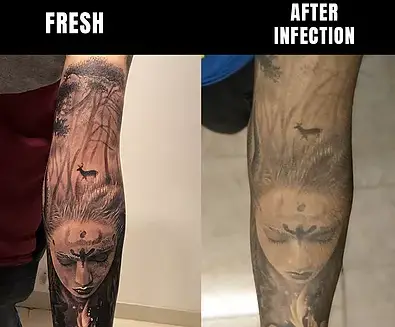
Specific Steps for Your First Week
The first week is arguably the most delicate period for tattoo after care. During this time, the focus should be on gentle cleansing, hydration, and protection.
Start by washing your tattoo with lukewarm water and mild, fragrance-free soap, gently patting dry with a clean towel. Apply a thin layer of ointment or tattoo-specific moisturizer—never over-apply, as excess moisture can suffocate the skin and trap bacteria.
Avoid covering the tattoo tightly and do not scratch or pick at scabs. Wearing loose, breathable clothing minimizes irritation. Keep the tattoo out of direct sunlight and avoid swimming pools, hot tubs, or baths—these environments pose risks of infection.
Throughout the week, observe the progress of healing. Mild redness, swelling, or minor discharge are normal initially, but persistent pain, excessive swelling, or pus indicate infection and require medical attention.
Transition into Long-Term Care
After the initial healing phase, the Guideline shifts toward maintenance. The goal now is to protect the tattoo from UV rays, prevent fading, and keep the skin hydrated.
Long-term tattoo after care relies heavily on sun protection—using broad-spectrum sunscreens with high SPF, especially for tattoos exposed to daylight regularly. Hydrating the skin with quality moisturizers also helps retain the vibrancy of the ink.
Periodic touch-ups may be needed over the years to address fading spots or uneven coloration. Consistency in aftercare practices ensures your tattoo remains as striking as the day it was inked.
💡 Real-World Tips for Better Tattoo Healing
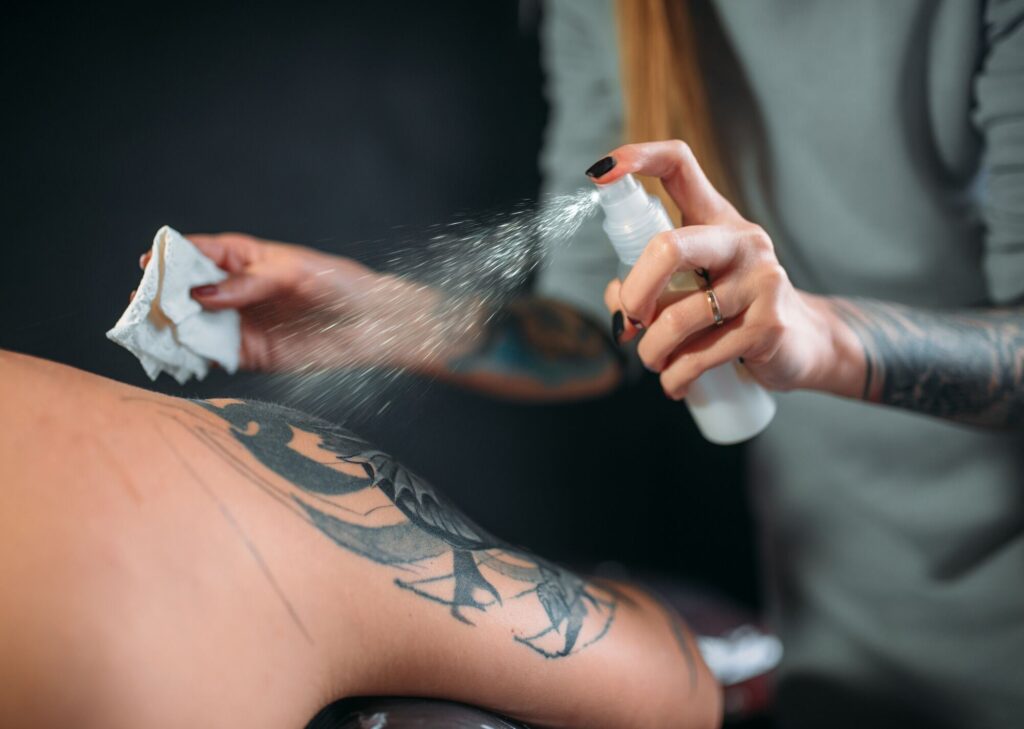
Caring for a new tattoo doesn’t have to be complicated — but it does need to be done right. These no-nonsense tips are based on what actually works, both in and out of the studio.
1. Your Tattoo is a Wound — Treat It Like One
This isn’t just a pretty piece of art yet — it’s an open wound. That means it needs to stay clean, protected, and undisturbed. No scratching, no soaking, no touching with dirty hands.
2. Less is More When It Comes to Moisture
A light layer of ointment goes a long way. Too much lotion can suffocate the skin, leading to breakouts or delayed healing. If it looks shiny and greasy, wipe a little off.
3. Your Clothes Matter
Avoid tight jeans, synthetic leggings, or any fabric that might rub or trap sweat against the tattoo. Stick with loose, breathable, cotton clothing — your skin will thank you.
4. Don’t Skip Care Just Because It “Looks Fine”
Even if your tattoo looks healed on the outside after a week, the deeper layers of skin are still recovering. Keep up the routine — cleansing, moisturizing, sun protection — for at least a full month.
5. What Goes In Shows Up on the Skin
Healing from the inside matters too. Stay hydrated, eat nutrient-rich foods (especially vitamins A, C, and E), and avoid alcohol or anything that might thin your blood or dehydrate your skin.
6. Sun is the Silent Killer of Great Tattoos
Even years later, UV rays can fade your ink fast. Once fully healed, your tattoo should never leave the house without SPF. Think of sunscreen as part of your tattoo’s wardrobe.
7. When in Doubt — Ask Your Artist
No TikTok tip or random blog knows your skin like your tattoo artist does. If something feels off — text, call, or drop by the studio. At Pain to Gain, we’re always here to make sure your ink stays bold and beautiful.

